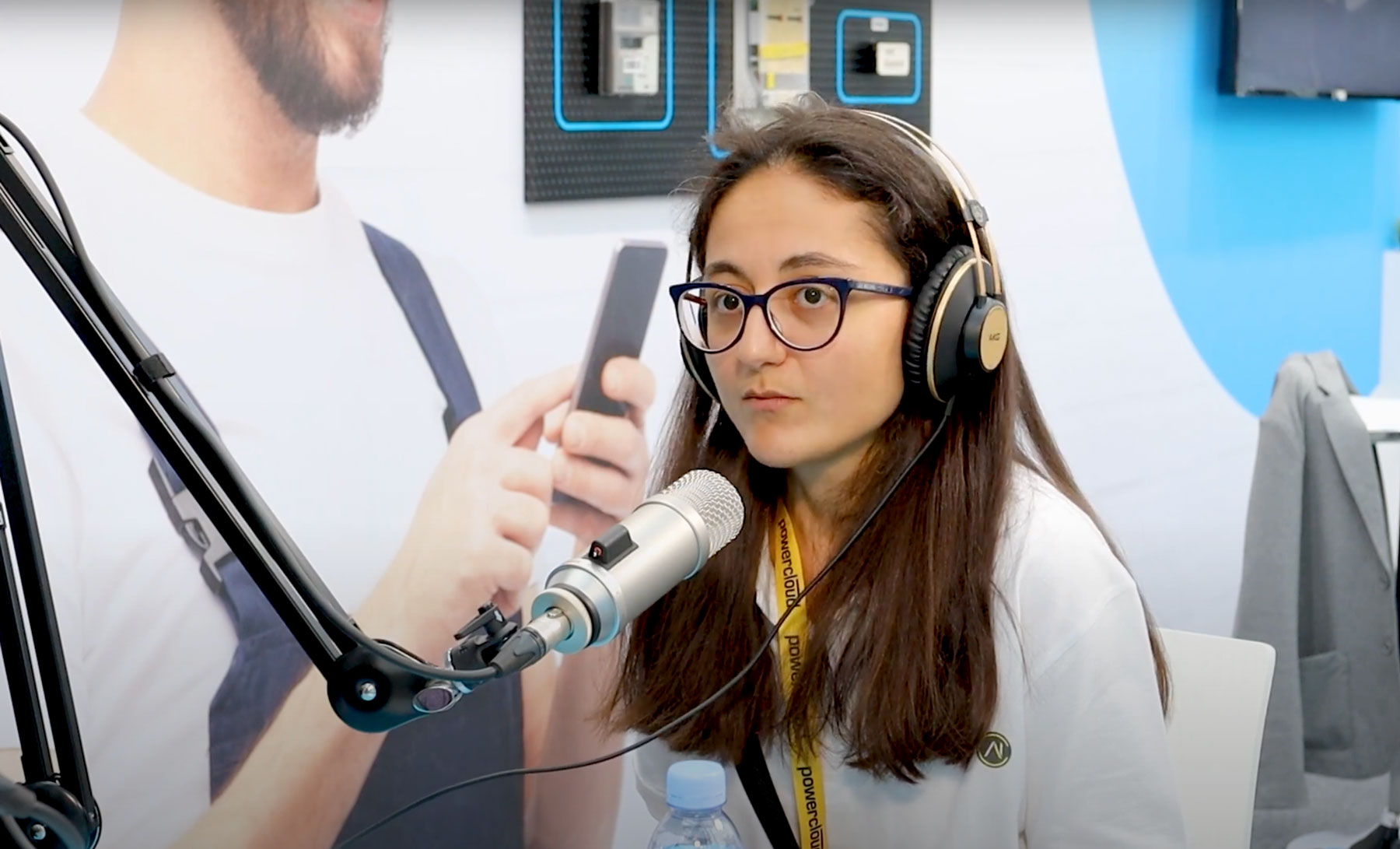
The combination of automation and personalization in utilities
Anyline attended E-World 2022 from June 21st – 23rd. During this event, we sat down to talk to industry experts and thought leaders about the challenges and opportunities they are focused on in the utility sector in a time of crisis, both energetic and climatic.
Nune Isabekyan, Founder and CTO of connectAI joined us to talk about intelligent customer communication support for local utilities and energy providers.
This blog is based on an episode of Plugged In, our podcast that is dedicated to the energy and utility industry challenges, innovations, and emerging technologies.
The driving force behind automation in utilities
To understand the current development in utility automation, we have to first take a look at how the marketing strategies evolved within this industry. To stand out to customers and gain visibility, utility operators used to have to guarantee good quality, which was provided through a customer-centric approach. Once social media emerged, companies could just spend money to drag customers, with no regard to the quality of the service or the product offer. Basically, more money meant more customers.
Today, there’s so much content on social media that it’s easy to lose sight of all the utility companies out there. With a saturation of these means of communication, companies trying to score need to fall back to the quality of their service and offers. That brings the focus back to customer satisfaction.
The utility industry has had difficulties with implementing the automation processes to ensure this high quality and consistent service. Operators are running behind other industries, but are getting more and more involved in automation today. The current approach is choosing a company based on their products and provided features, which leaves the customer in charge. To be customer centric, utilities need automation to remove the mundane tasks within their workforce, which would then allow operators to focus on being truly customer-centric to handle more complex situations.
Is “customer-centric” just a buzzword?
The term customer-centric is not new and is being used by plenty of utility companies. It’s a hot trendy word and a declared goal for many. Customers can legitimately ask themselves if utility providers are truly focused on them or if saying they are customer-centric is the equivalent of greenwashing.
The answer to this is yes, it is a buzzword. However, it can also be thought of as a synonym for quality. Customers want to witness a special attention from their utility provider, and as if they are a high priority client to the company.
When we think about AI and automation with the utility industry, we can think about chat-bots or even phone-bots in customer service, and that’s not something customers want nor something that makes them feel special. Luckily, that’s not the only possible application of the technology.
Combining automation and personalization
How is it possible to combine seemingly opposite qualities in automation and personalization? There is an ever-increasing demand on the utility industry, which means that every utility company has to use its resources wisely and cannot provide an employee on the phone ready to help every customer that calls no matter the time or day. That means automation is simply a necessity for every company.
To provide customer-centric service and make the customer feel special, the automation process itself needs to be personalized. The recommendation Nune gave us is to add features like personal greetings that a bot can incorporate at the start of the phone call. At the same time, the bot can collect necessary information, including call history, to look for patterns that may provide an opportunity for the company to provide more personalized, higher quality service to the customer.
“Even though it’s easier and on the technical side and even though it’s more logical to press one or two or three, what the customers would like to do is to simply, for example, be greeted by their name when they call. They want to say what they really need and not some predefined phrase. And all of that is possible. And all of that is used in other industries. When you book a hotel or book a trip, the experience is different. Why not bring that into the energy industry?” says Nune Isabekyan.
Automation makes utility workers more available to customers
Automation removes mundane tasks like authentication and intent recognition. There will be special cases that we cannot automate and need human support.
“There is always going to be the need for an agent, but with automation, we can certainly make their life a bit easier. We can provide hints, we can provide background information. (…) It is easy from the I.T. perspective to fetch that information and show it to the agent,” reveals Nune Isabekyan.
Often, customers want to talk to the same agents they talked to previously, and this is another feature that can be implemented into a combination of automation and personalization. By connecting a customer with the same agent, it may create a more tailored solution for that customer. It’s a win for the customer, the agent, and the provider.
How to kick off your personalized, automated process
Developing a long-term strategy is obviously the first step utility companies need to put in place a long-lasting solution to the automation and personalization challenges. That may mean making decisions to reshape the company to achieve bigger and better outcomes.
Moreover, it is not just about building a solution and focusing on the core business but partnering with companies and people who already have experience in the field. Invest more time into the investigation and trials, but rely on experts that will help your business thrive. There are many people who specialize in this area. Developing those partnerships and relationships create a longer lasting, shared success. Focus on your core business and what you do well, and let others do their job to support you.
You can watch the full episode of Plugged In with Nune Isabekyan on Youtube: